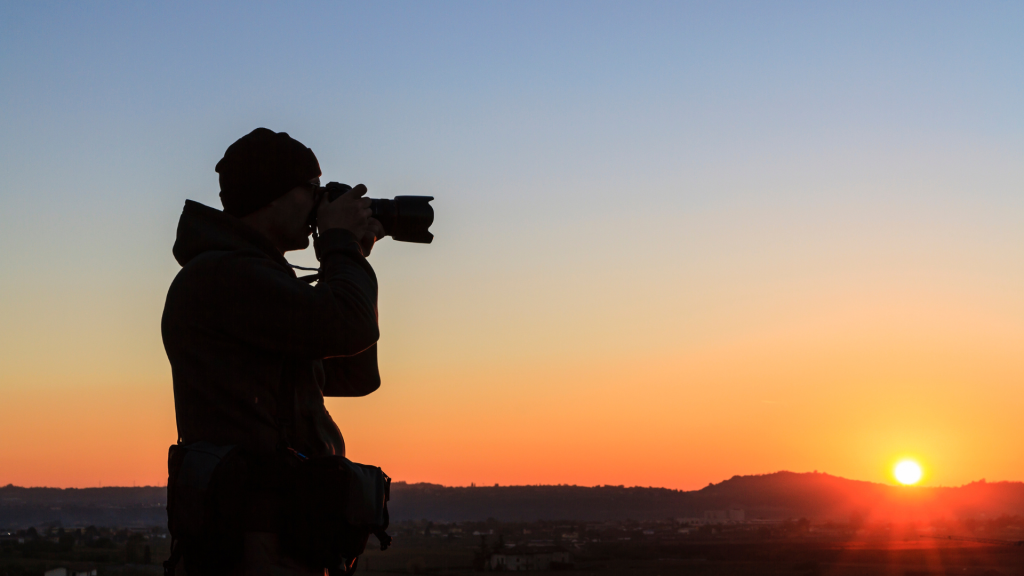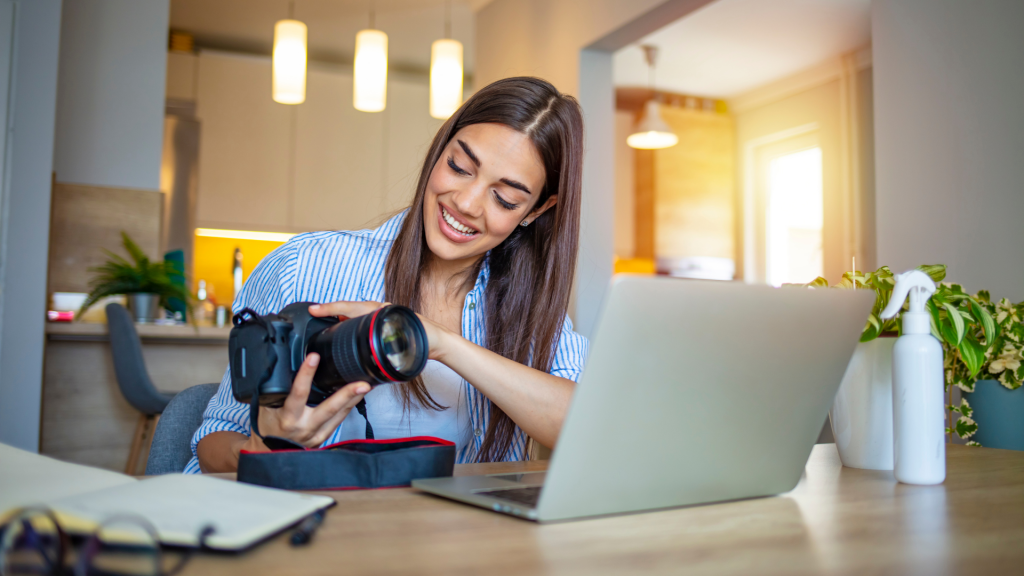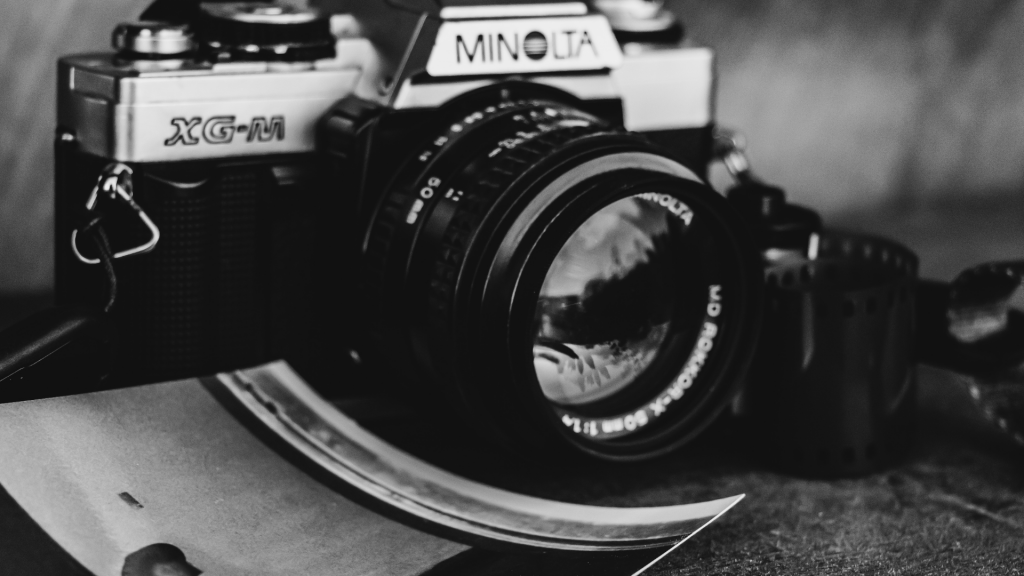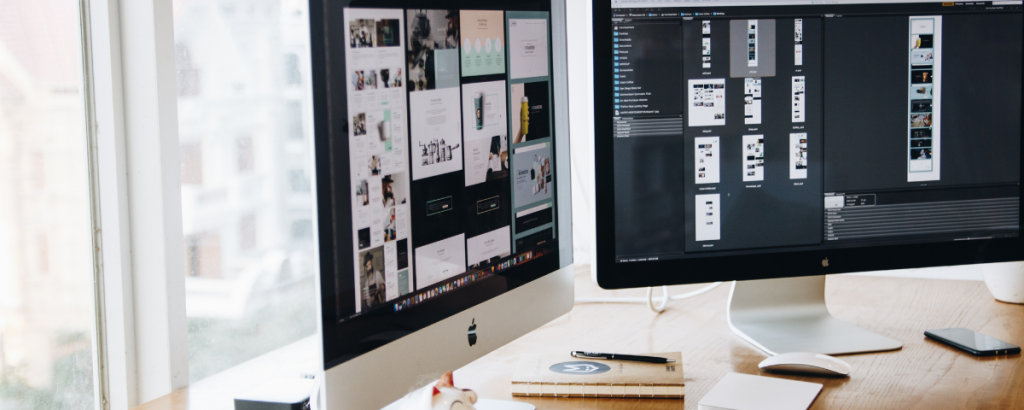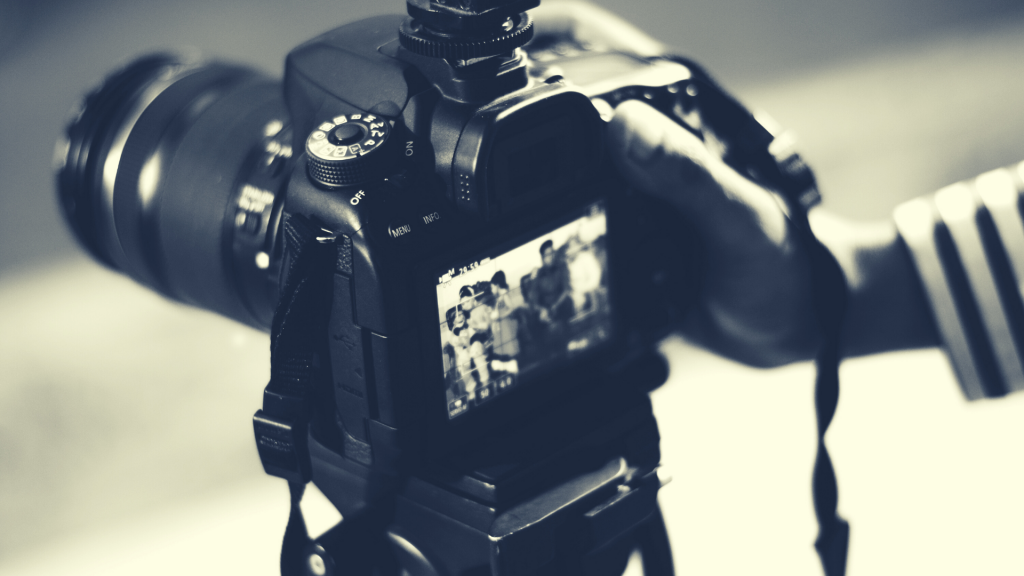If you love telling stories in your photography, this article is for you! It will teach you how to tell a story in your photographs in a way that will not only help you learn more about your photography but also enhance your storytelling. As a photographer, we all have our favorite tools that help us capture the perfect shot. This article will guide you through 5 tools that will help you tell a story in your photographs.
-
Go for variety in a sequence of shots
Photography is an art form that can be taken just about anywhere. And because of that, you can tell a story in many ways. From the way you set up the scene to the composition of the shots, to the use and placement of props, to the lighting and accessories, there are so many ways to tell a story in a photograph. Photography is a great way to keep things fresh in your life. As with anything, it can be challenging to find a new interest. By mixing up your work, you can find a way to keep things interesting in your photography.
-
Make a plan for your shots
All photographers have a story to tell, but no two stories are the same. Each photograph is a unique opportunity to tell an amazing tale, and the best way to share those stories is by planning. If you are a traveler, chances are you have got a list of places you want to visit while you are on vacation. This is especially true if you have never been to a country before. It may also be true if you are frugal and of a certain age, you are retiring and want to travel now but have no money to do so. It may also be true if you like to travel and want to do so when you are young and fit, not when you are old and lack mobility.
-
Capture the emotion
When you take a photograph, you have a right to expect that it will tell a story. Emotions are essential in storytelling and how people react to that story. The way we feel and interact with the people and things in our lives can be the foundation for our story and how we express it.
-
Make use of narrative structure
The narrative is a critical aspect of the creative process in photography. It is a structure that organizes and compels a story. When you step away from the camera and go back to your computer, you can rest assured that there has been a narrative behind your images. Storytelling is a crucial skill in photography and can be learned. A story is a sequence of events and photographs relating to a particular theme or subject. The story can take several different forms, from a series of portraits with a common theme to documentary photographs.
-
Basics are important
You see it all the time: people posting photos of themselves in front of impressive architecture, striking landscapes, and luxurious interiors. The problem with these photos is that because they are often taken in such a sterile environment, it does not give the viewer the real feeling of being in that setting. As a photographer, you’ll undoubtedly have a few favorite techniques that you like to use in your photos. But there’s also a lot of great stuff you can do, and it’s all right there if you look around.
The Magic of Storytelling is something we all practice every time we pick up a camera to capture a moment, whether in a photojournalistic setting or a more personal context. Often, however, we find ourselves overlooking the simplest of techniques that can help capture a story in a photograph. You are constantly looking for ways to improve your photography if you’re like me. You have friends who are amazing photographers and bloggers, and after you peek at their photos, you ask yourself, “I wish I could take pictures like that.” You may get frustrated and wonder why you don’t take the time to learn the technical skills to hone your vision and expose your photos to the world.
